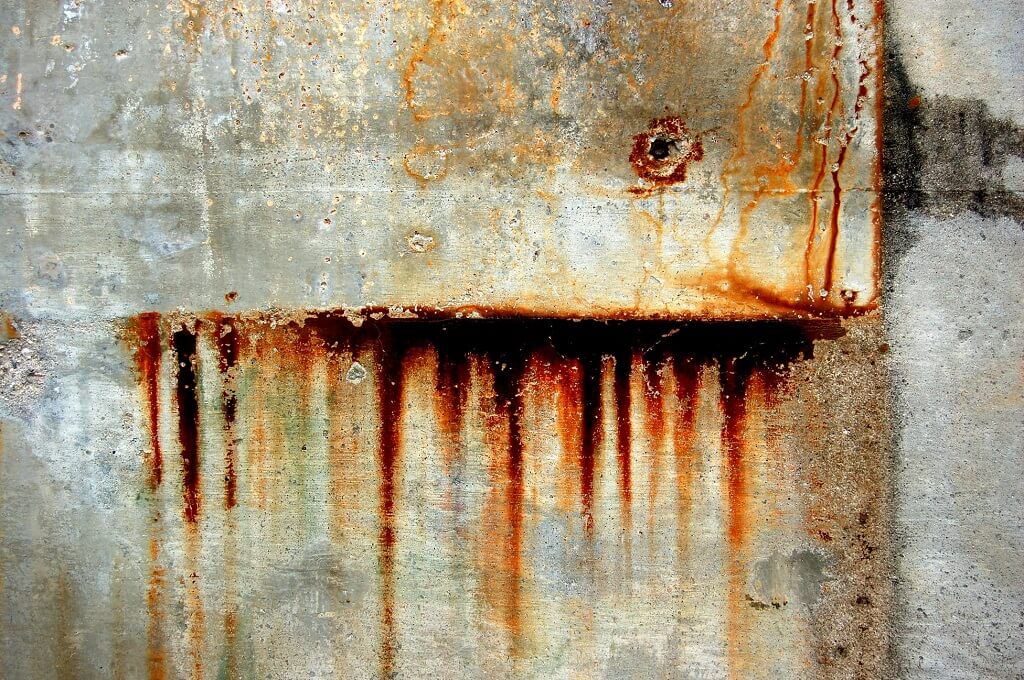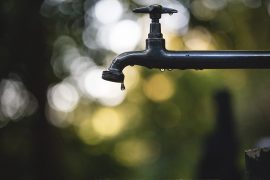Your drinking water may be at risk if you’re one of the millions of Americans who get their water from a public tap. Lead pipes are still in use in homes and businesses across the country, more than three decades after they were prohibited. These decades-old pipelines are hidden underground, out of sight and, for the most part, out of mind. However, they are rapidly degrading and may be leaking harmful pollutants into your water supply.
According to a 2012 assessment by the American Water Works Association, more than one million miles of these pipelines need to be repaired or replaced. According to some estimates, the US may lose more than $1 trillion as a result of this. We may expect more frequent water main breaks, higher emergency repair costs, and additional water service interruptions if this investment is not made. Even more severe water pollution outbreaks, such as the one that occurred in Flint, Michigan, might occur.
The Current State of the Water Infrastructure in America
The American Society of Civil Engineers (ASCE) produces an Infrastructure Report Card every four years, patterned after our school grade system. According to the 2016 report card, America’s total infrastructure received a dismal “C-.” But why did you get such a low grade? Is the infrastructure in the United States really so bad?
Our drinking water infrastructure is one of our major concerns, according to the research, which looks at all aspects of the country’s infrastructure. Perhaps it’s because America’s 1.6 million miles of water and sewage pipes are on average 45 years old, and cast-iron pipes in at least 600 cities and counties are over a century old. It might also be due to pipe materials, their lifespan, pipe corrosion, inadequate infrastructure design, lack of monitoring, insufficient financing, and so on.
But, when everything is said and done, a C- not only implies that the water infrastructure has to be repaired or replaced right now. As a result, we may be encountering things that are suffocating our quality of life. These may include the following:
- annoyances such as service interruptions in the middle of our showers or when ‘cheffing’ it up in the kitchen,
- getting stopped in traffic for hours due to water main failures,
- and contamination concerns that may threaten our health
What’s causing America’s pipes to corrode?
The subterranean water infrastructure of America was built in three phases: in the 1800s, 1900-1945, and after 1945. Pipes built in each age are failing virtually at the same time due to a variety of causes ranging from aging and corrosion to pipe materials and bad installation.
The first cast-iron pipes were manufactured in the late 1800s. They have a functional life expectancy of 120 years on average. The lifespan of these cast-iron pipes was reduced to around 100 years due to changes in production processes and materials throughout time. Of course, techniques and materials evolved with time, reducing the pipes’ lifespan even further.
Pipes, on the other hand, do a lot of work in general. Pushing that much water throughout the country, as in America’s water infrastructure, necessitates a lot of pressure, power, and energy, which puts a lot of strain on the inner walls of the pipes. The abrasive force of the fast-moving water wears down the pipes over time, weakening them.
Metal pipes are commonly utilized in water delivery (e.g., steel, galvanized steel, copper, ductile iron, aluminum, etc.). This is due to the fact that metals are durable and may endure a long period. Metal pipes, on the other hand, are subject to a variety of conditions that might cause them to corrode.
Pipes can deteriorate due to their characteristics, ambient conditions, adjacent soil, and stray electric current, according to the Centers for Disease Control and Prevention (CDC). The chemistry and features of the water (pH, alkalinity, and biology), salts and compounds present in the water, and the physical qualities of the water are all variables that influence pipe corrosion (temperature, gases, and solid particles).

Does pipe corrosion affect water quality? And if so, how?
When pipes corrode, the integrity of their walls is jeopardized. Hazardous pollutants, such as heavy metals and other minerals, might dislodge off the walls of pipelines depending on the material. These tiny particles are then carried into your house by the water flowing through the pipes, and perhaps into your drinking glass. This is a bigger problem in older homes constructed before 1981, especially if the plumbing system hasn’t been updated. Pipes installed before to that date may have been manufactured using materials that have been shown to be hazardous when consumed.
Visual, taste, and odor are the most common ways to identify pipe corrosion and leaching. Corroded iron pipes can create an unpleasant red or reddish-brown rust tint in your water. It may also have a metallic flavor and tiny particles floating in it. Corroded copper pipes can also turn your water red, brown, or orange in color. Sulfide corrosion of copper and iron pipes, on the other hand, can turn your water black. Microbial activity byproducts can leave a bad taste and odor.
Don’t drink your water if any of these indications appear. Drinking unfiltered water from corroded pipes is potentially harmful to your health. For small children and pregnant women, the consequences are considerably more severe.
So, what can you do?
Because most heavy metals, such as lead and copper, are found in drinking water, they accumulate in pipes and plumbing components. Allowing the water to run for at least one minute before drinking it is a very easy and affordable option. While this technique may be successful against some heavy metals, it will not protect you from other pollutants like germs and viruses.
Installing a quality water filtration system, particularly a reverse osmosis water filter system, is your greatest line of defense against an old water system and the danger of unexpected pollutants potentially infiltrating your water supply if flushing does not work.
APEC Water Systems ROES-50
The system uses technology to eliminate pollutants including chlorine, taste, odor, and VOCs, as well as harmful fluoride, arsenic, lead, nitrates, heavy metals, and 1000+ others. To ensure water safety and your health, it is developed, engineered, and constructed in the United States. WQA certification has been granted to the system. The long-lasting premium filters may be used to purify both tap and well water. It gives you limitless access to clean, refreshing, crisp-tasting water that tastes better than bottled water.
Waterdrop D4
From complexity to simplicity, technology has progressed. After conducting extensive research on the characteristics of various materials, the Waterdrop D4 RO reverse osmosis water filtration system uses unique technology and design to merge multiple filtering materials into a 5-in-1 composite filter. The filter takes up the least amount of area possible to produce an optimal filtration effect, which reduces TDS, chlorine, heavy metals, and other contaminants.
